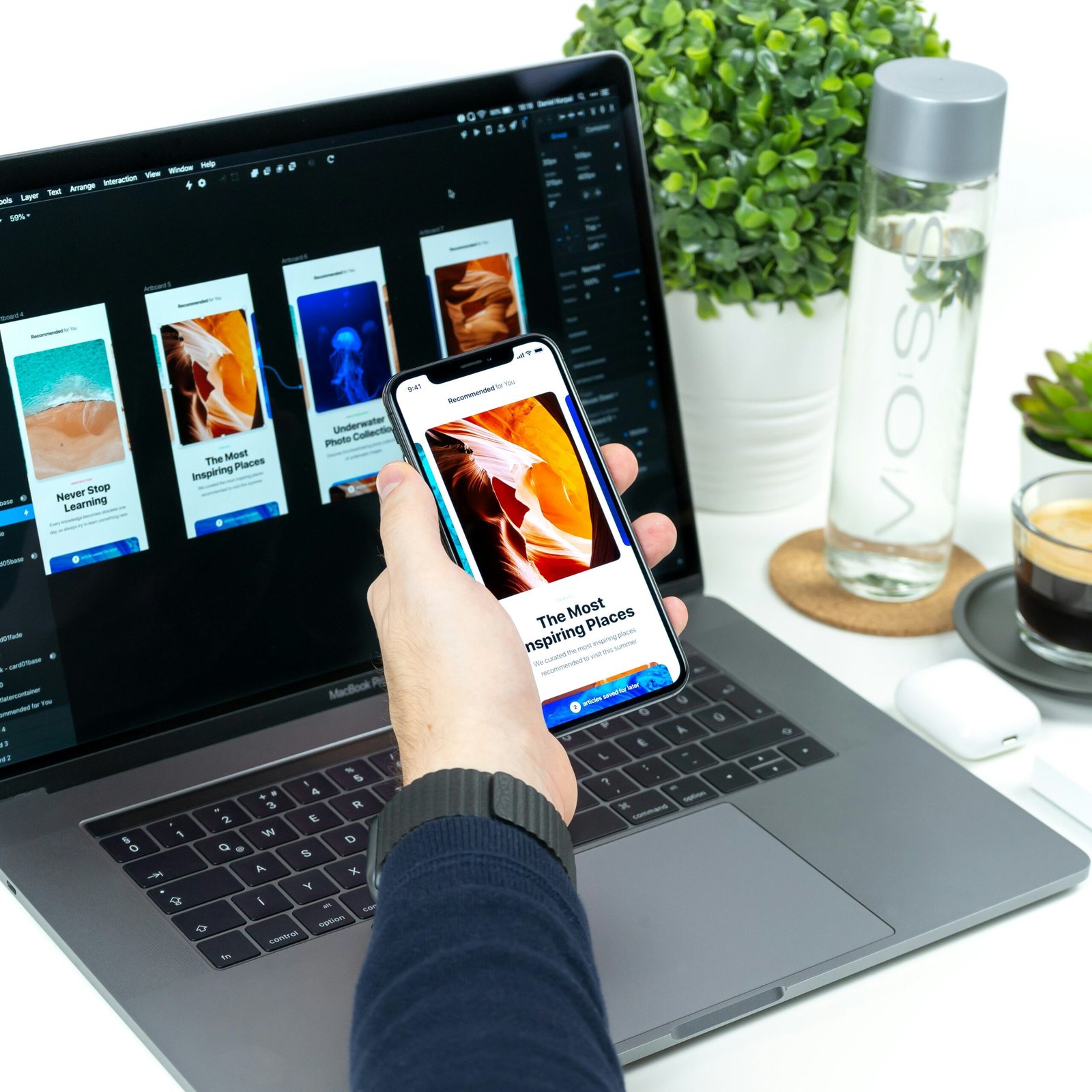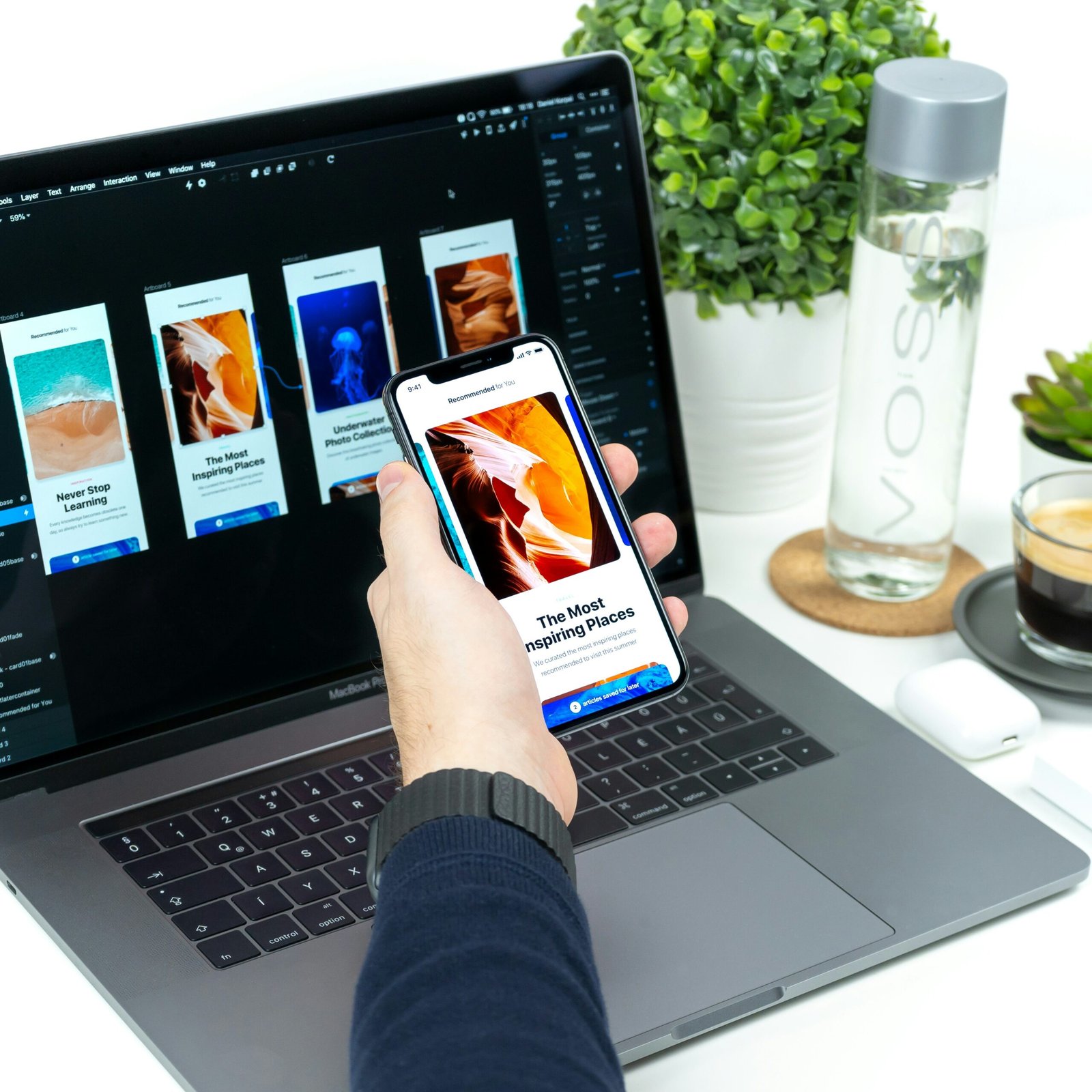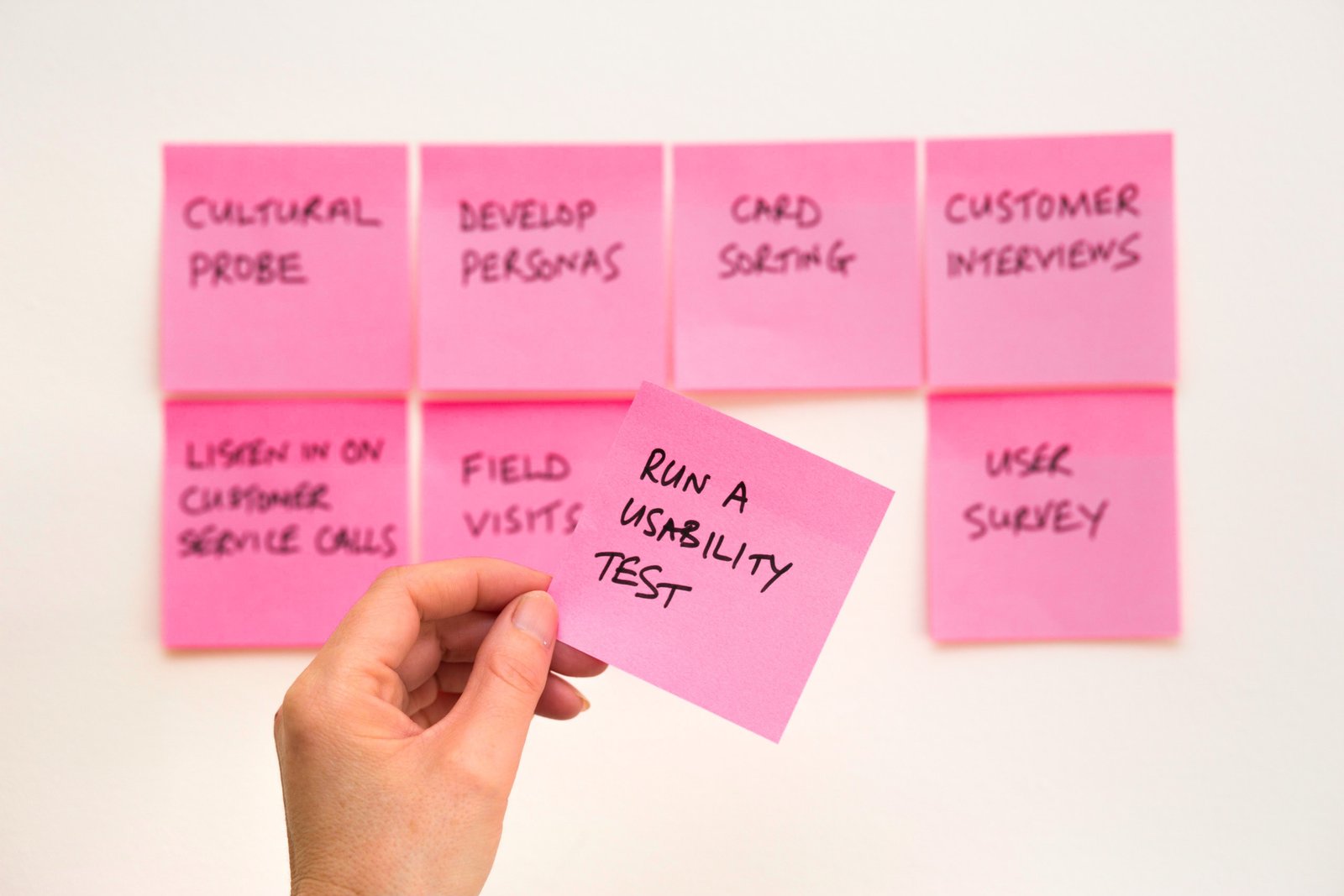Introduction
When it comes to designing user interfaces (UI) and user experiences (UX), it’s important to consider the needs and preferences of the target audience. In the case of pet owners, specifically cat and dog owners, creating a pet-driven design can greatly enhance their overall user experience. By understanding the unique characteristics and behaviors of these animals, designers can develop interfaces that are not only visually appealing but also functional and engaging.
Understanding the Pet Owner’s Perspective
Before diving into the design process, it’s crucial to gain a deeper understanding of the perspective of pet owners. For cat and dog owners, their pets are not just animals; they are beloved members of the family. These owners often prioritize their pets’ well-being and happiness above all else. As a result, designing UI/UX that caters to their pets’ needs can create a strong emotional connection with the users.
Visual Elements and Color Palette
When it comes to designing for pet owners, the visual elements play a crucial role. Using images of cats and dogs in the UI can immediately resonate with the target audience. However, it’s important to strike a balance between using pet-related visuals and maintaining a clean and clutter-free design. The color palette should be chosen carefully, considering the psychology of colors and the emotions they evoke. For example, using calming and soothing colors can create a sense of relaxation and comfort for the users.
Intuitive Navigation
Pet owners often have limited time and attention to spare. Therefore, it’s essential to create an intuitive navigation system that allows them to quickly find what they need. Clear and concise labels, along with easily recognizable icons, can guide users through the interface seamlessly. Additionally, incorporating search functionality can be immensely helpful, allowing users to find specific information or products related to their pets.
Personalization and Customization
One of the key aspects of pet-driven design is personalization and customization. Pet owners love to showcase their pets and their unique personalities. By providing options for users to personalize their profiles or customize their pet-related content, designers can create a sense of ownership and pride. This can include features like uploading pet photos, adding pet names, or selecting preferences based on the type of pet.
Interactive and Engaging Features
Pets, especially cats and dogs, are known for their playful nature. Incorporating interactive and engaging features into the UI/UX can enhance the overall user experience. This can include elements like animated illustrations, interactive games, or virtual pet companions. These features not only entertain the users but also create a deeper connection between the user and the interface.
Accessibility and Responsiveness
Accessibility and responsiveness are crucial aspects of any UI/UX design, and pet-driven design is no exception. Ensuring that the interface is accessible to users with different abilities or impairments is essential. This can include features like adjustable font sizes, color contrast options, and alternative text for images. Additionally, the design should be responsive and adaptable to different devices, as pet owners may access the interface from various platforms.
User Feedback and Continuous Improvement
Lastly, it’s important to create channels for user feedback and continuously improve the UI/UX based on the users’ needs and preferences. Conducting user surveys, analyzing user behavior, and actively seeking feedback can provide valuable insights for enhancing the design. By actively involving the pet owners in the design process, designers can create a user-centric interface that truly meets their needs.
Conclusion
Designing UI/UX for cat and dog owners requires a deep understanding of their unique perspective and preferences. By incorporating pet-related visuals, intuitive navigation, personalization options, interactive features, and ensuring accessibility and responsiveness, designers can create engaging and user-centric interfaces. By prioritizing the needs of the pet owners and their pets, pet-driven design can create a strong emotional connection and enhance the overall user experience.












Leave a Reply